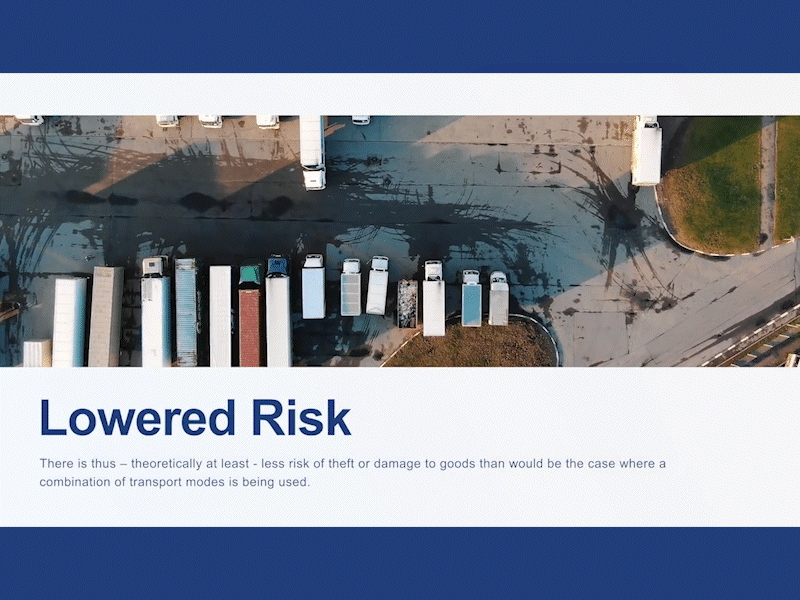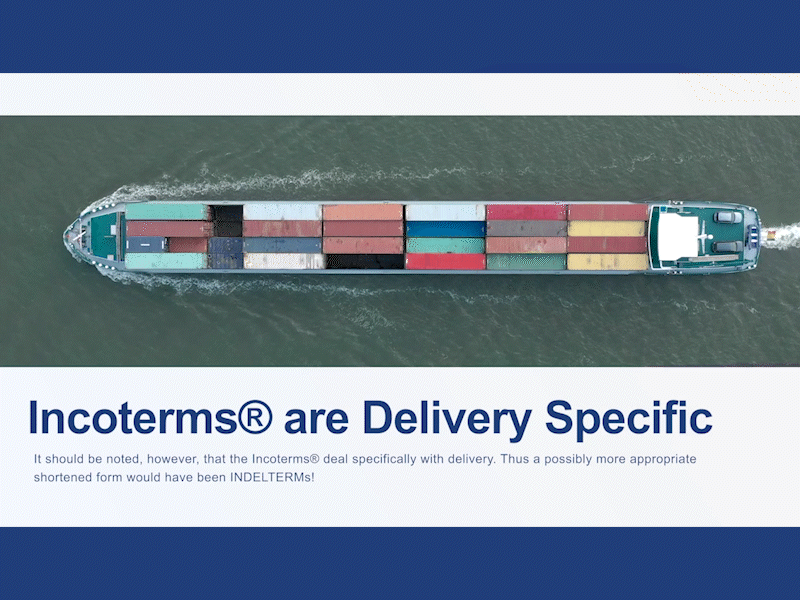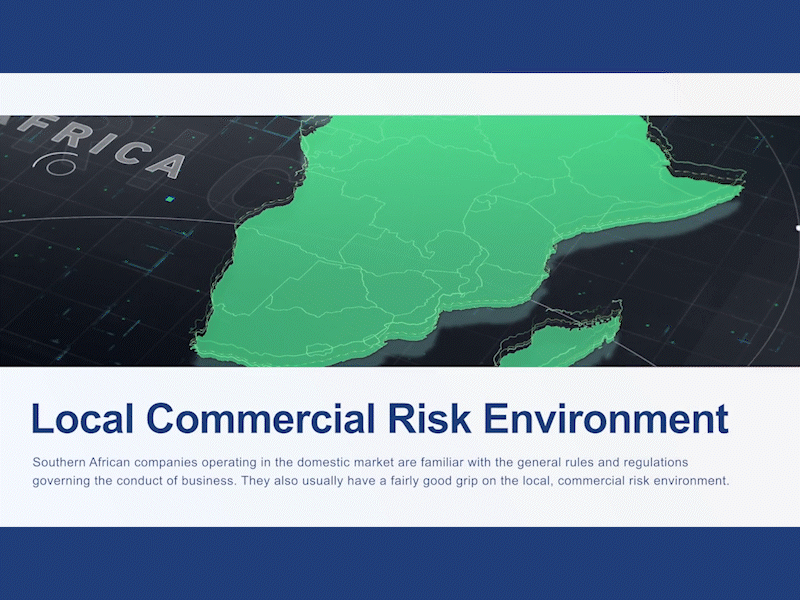Exporting has a sequence of steps that must be closely followed from beginning to end. In this article, we take a look at a few important export administration points you need to know before starting your export journey.
Assessing your Export Readiness
So you have enjoyed considerable success in your local market and have now decided to venture into international sales. Your first step will be to conduct a thorough export readiness assessment. Export readiness depends on a number of issues, two of which being: the export capability of your company and the commitment of your management to the export initiative. To determine your export readiness, you can use the export readiness assessment tool – which is available on the TFSA school of Export at no cost.

Initiating a Relationship with your Purchaser
When initiating a relationship with your purchaser, you must keep in mind that you may be dealing with buyers who speak a language that differs from your own. In view of this, you should ensure that you fully understand your prospective importers’ requirements and that you call for any additional information you may require in order to be able to prepare a professional quotation or pro forma invoice.

The Role of Documents in Export Administration
Once the quotation has been negotiated with the importer and your price and terms and conditions of sale accepted, a purchase order should be sent to you. Make sure that you thoroughly check that it complies with the quotation in every respect before you confirm it in writing (a legal requirement of bringing a contract of sale into being). Documents play an important role in the export process – all the necessary documentation must be acquired from external sources, such as your clearing and forwarding agent, or accurately completed by your own personnel. Module 4: Understanding the export administration process on the TFSA School of Export covers, in great detail, the documents required for exports.
The Goods to be Shipped
The goods concerned must be manufactured or prepared in accordance with your buyer’s specifications, and arrangements made for the inspection of the products prior to packing – especially if the importer indicates that this is a requirement. Packing and marking your goods correctly is important to ensure adequate protection of the products during the journey and their safe arrival at the place of destination.
There are many parties, documents and activities involved in the export process which can include up to 27 steps! The TFSA School of Export offers various export assistance and international trade training modules to help you kick start your export business in no time. Create your profile today and register for our free online training.
To sign up to the School of Export CLICK HERE.
If you already have a profile, CLICK HERE to login to begin the module.










The export process is so confusing, but this article helped. Will be trying one of your courses.
Thanks for your blog, nice to read. Do not stop.